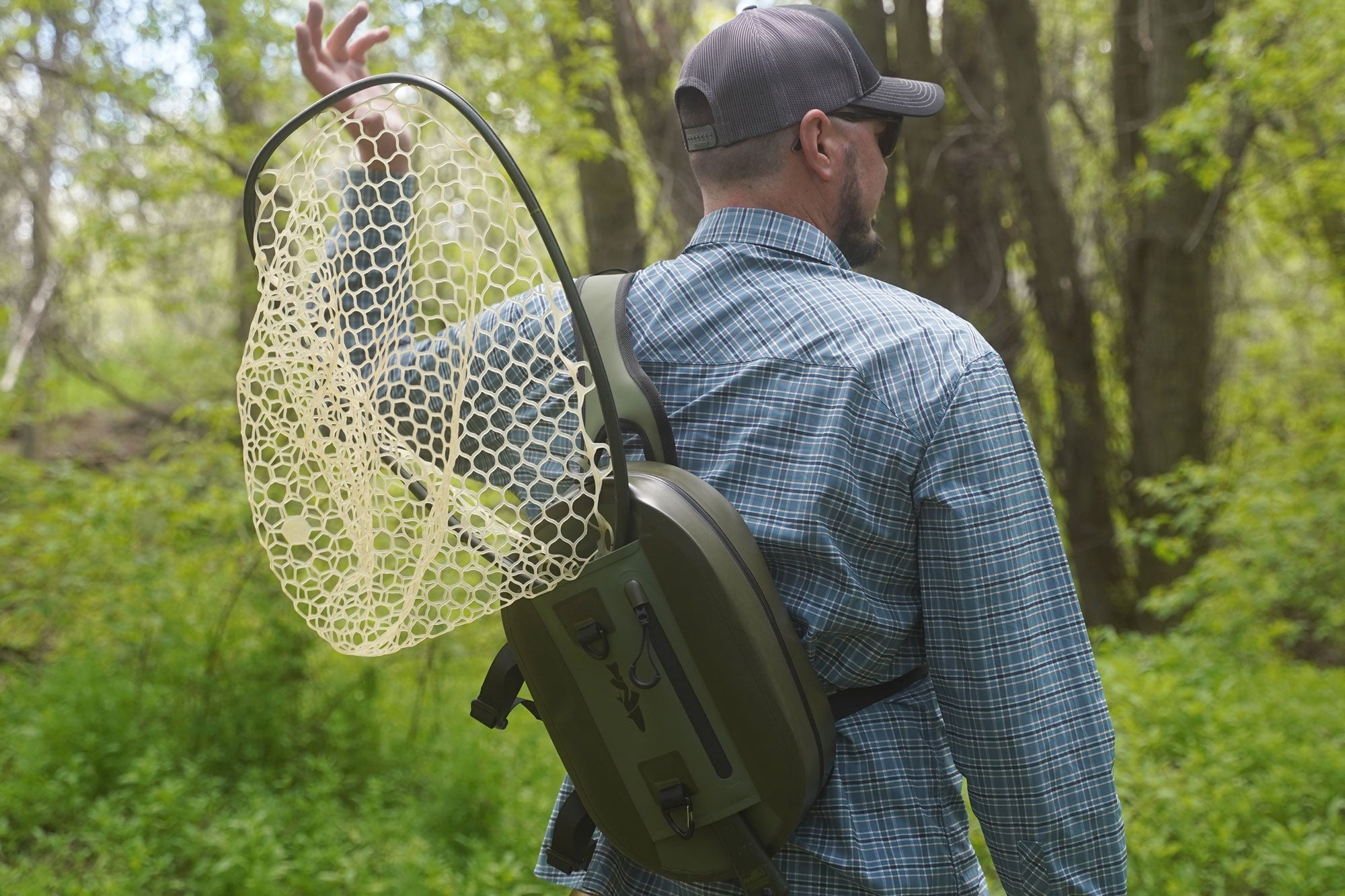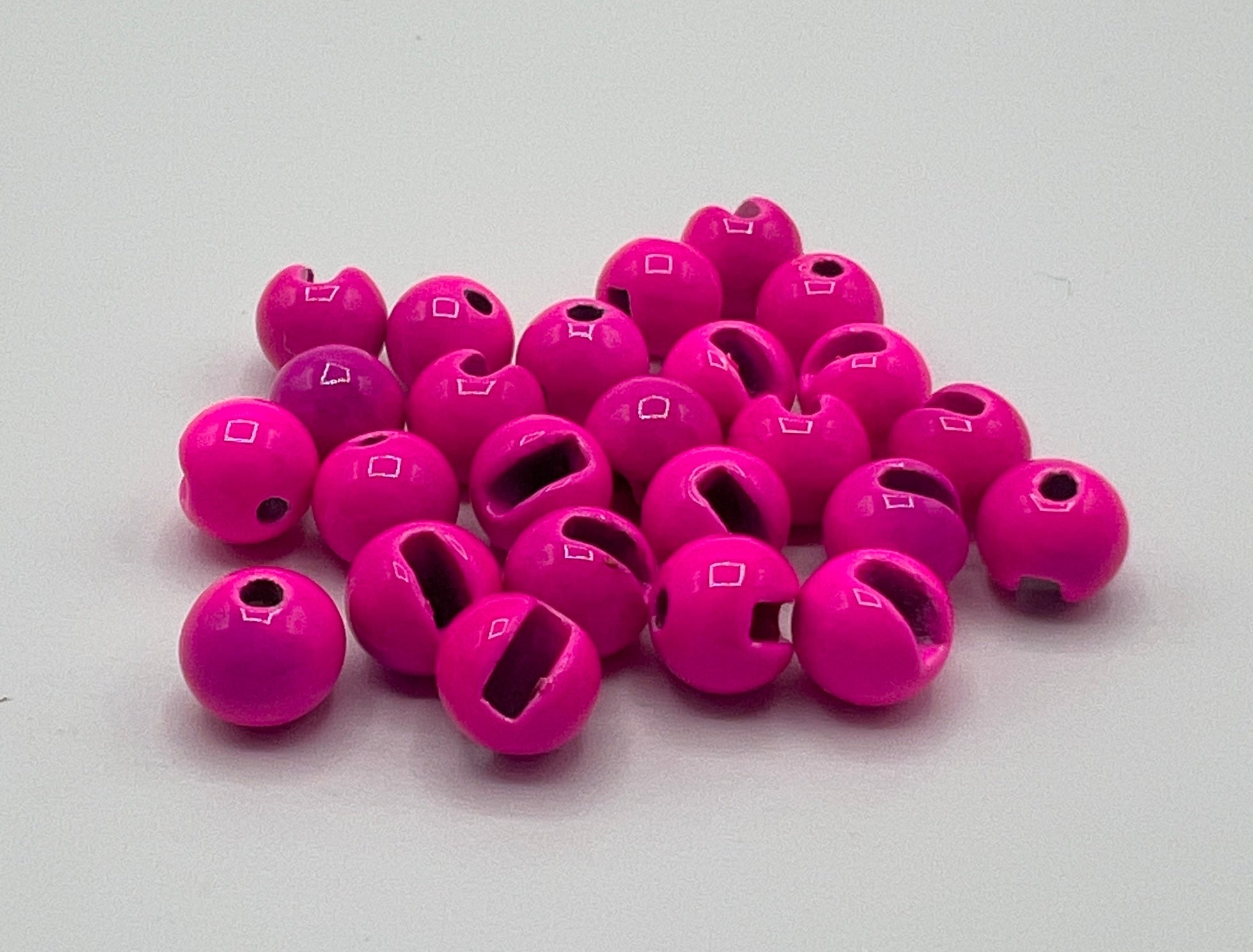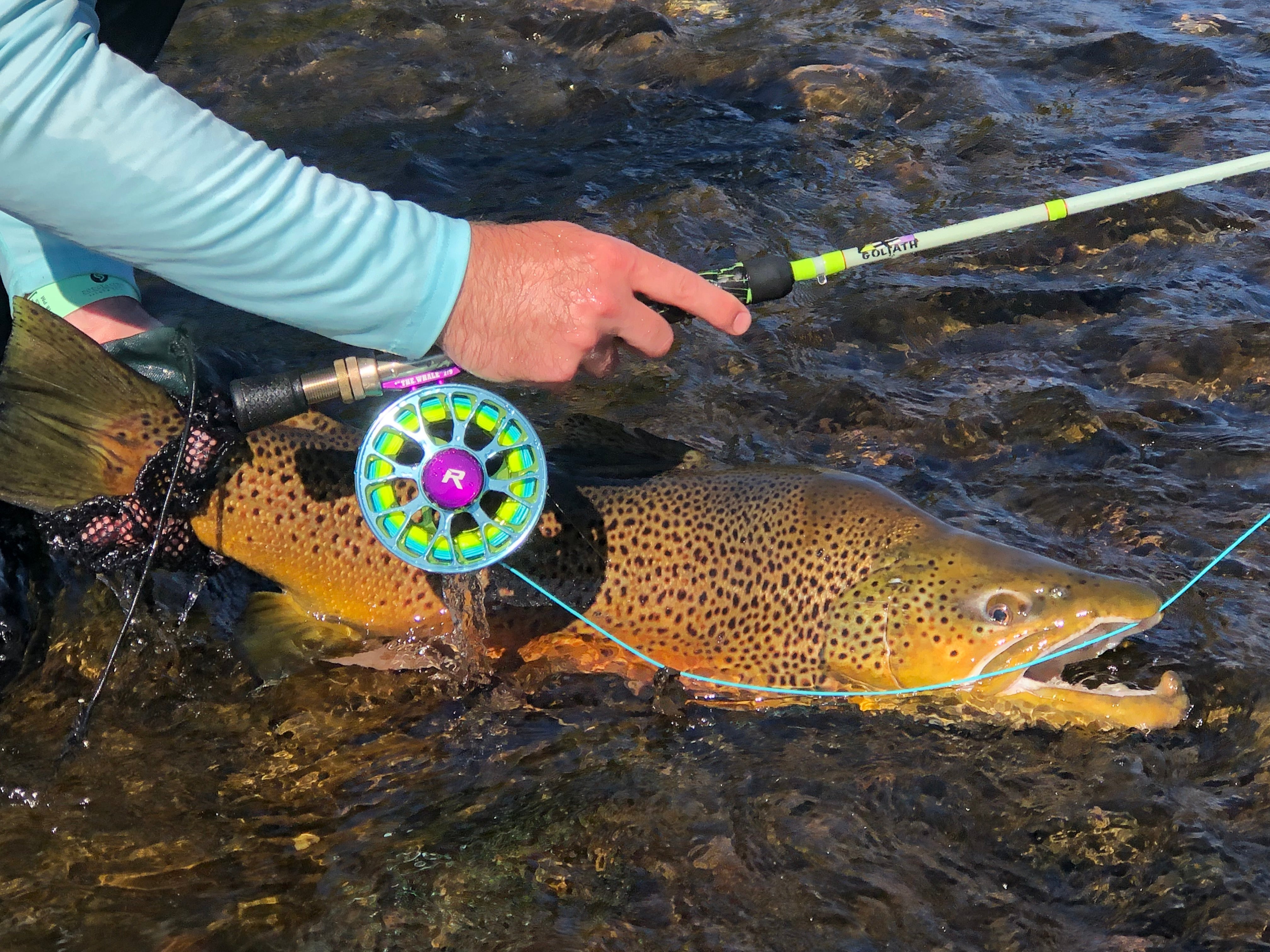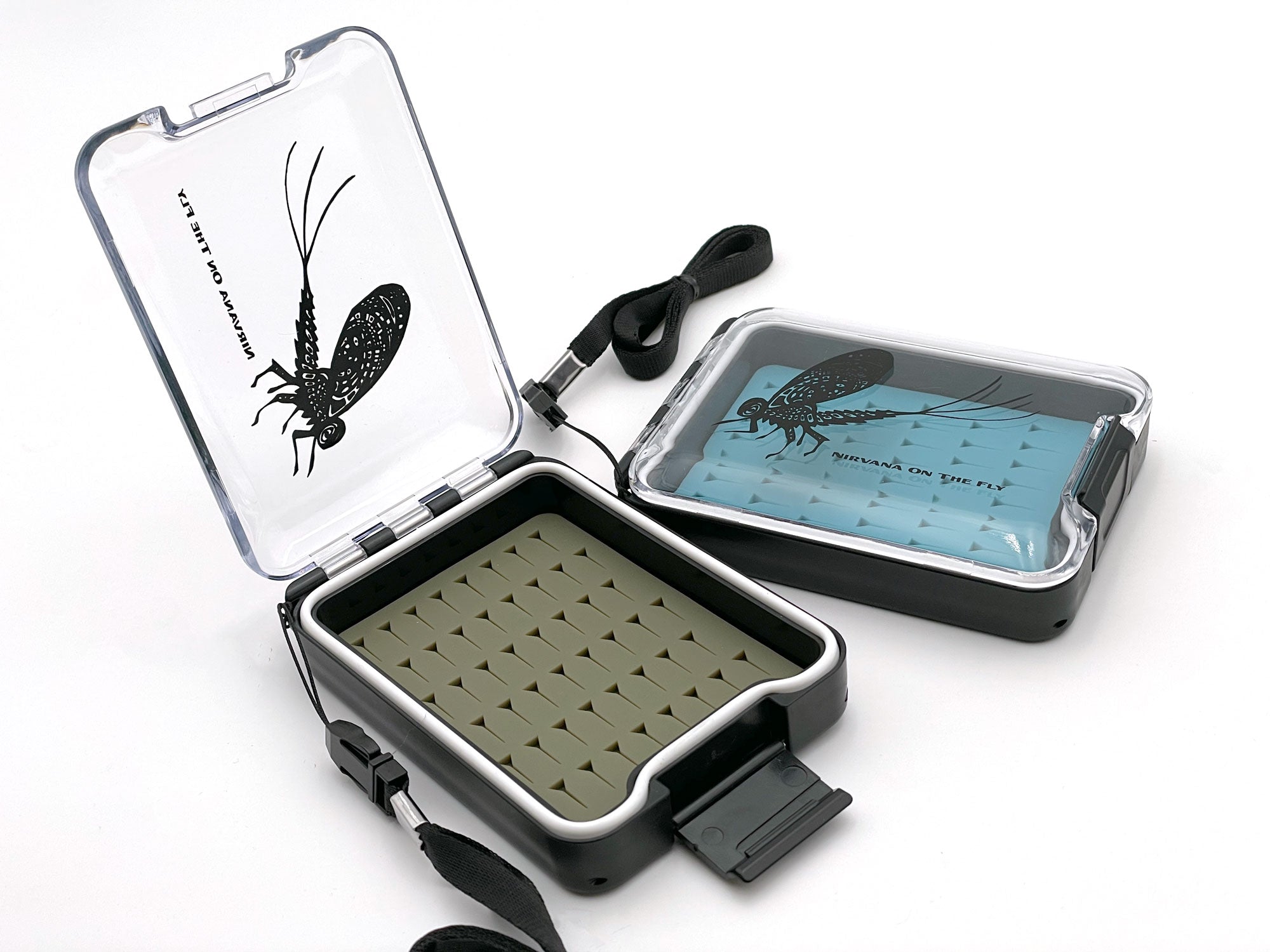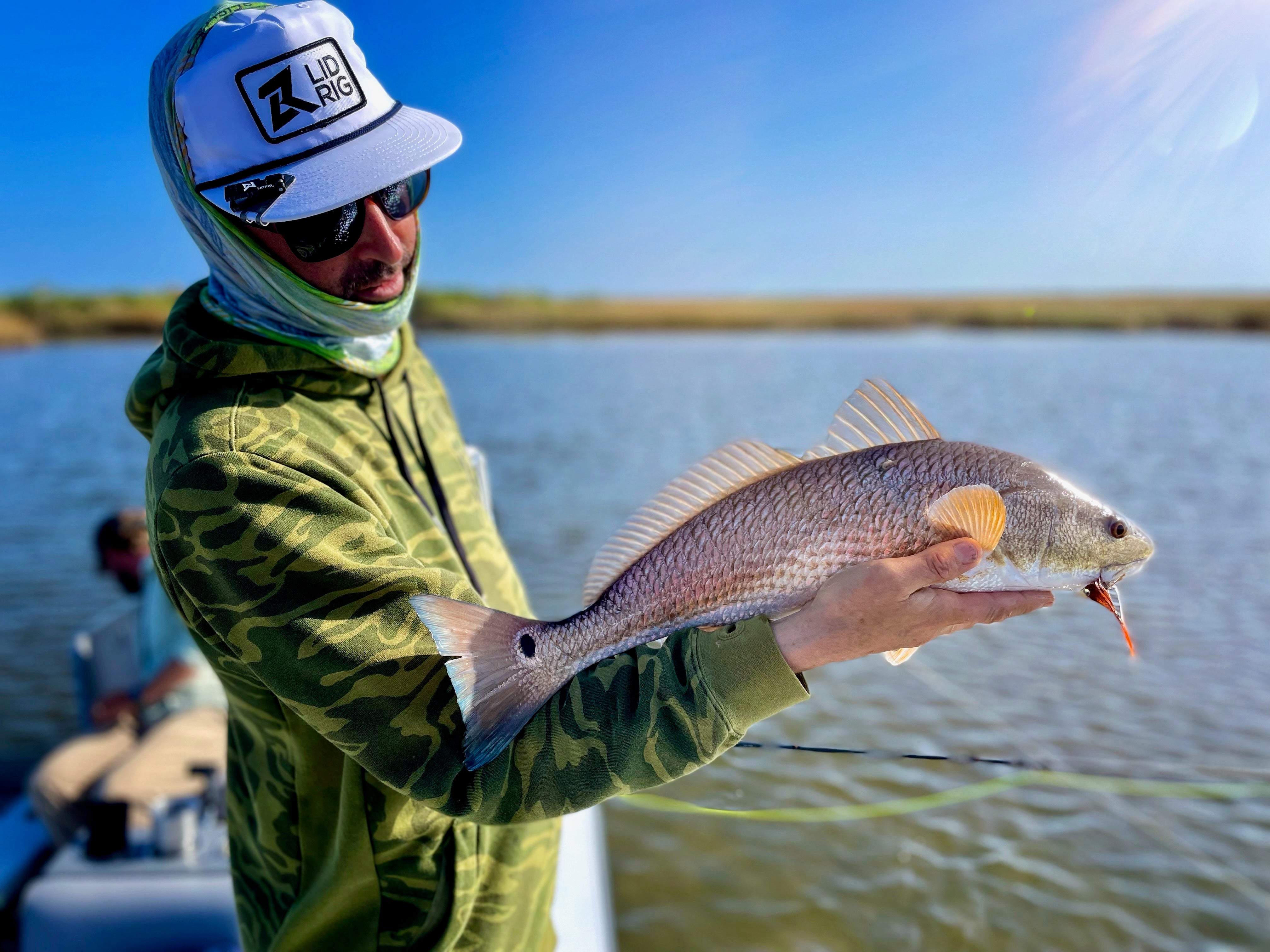When you fly fish you’re likely in my same position. An avid fly angler, I’ve always been drawn to the art of casting delicate flies across crystal clear waters. However, I went back to my roots recently, and I decided to start bait fishing and/or hanging out with bait fishers again. To my surprise, this shift in perspective transformed not only my techniques but also my overall fly fishing experience. For example, I sat with some bass buddies and listened to the myriad of solutions they had for putting action on their jigs and baits. There were almost unlimited techniques.
Here’s what I learned:
1. Understanding Bait and Fly Comparisons
Bait Fishing Insights:
- Natural Presentation: Bait fishing taught me the importance of presenting a natural-looking meal to fish.Live bait, such as worms or minnows, mimics the real thing, enticing even the wariest trout.
- Scent and Taste: Fish rely on their senses, including smell and taste. Bait emits enticing scents that can trigger strikes, especially in murky water.
Fly Fishing Takeaways:
- Artificial vs. Natural: While flies are artificial, they can still fool fish when presented skillfully. The challenge lies in mastering the art of mimicry. Adding action to the fly is more enticing and can be applied more often than you would think in dry fly, nymph and streamer situations.
- Triggering: Without the ability to add scent and taste to a trout meal, instead add other triggering methods. I think of pushing water and making noise. Think of a plopping hopper or a streamer that pushes a lot of water. Trigger a trout sense like the lateral line to attract fish.
2. Don’t Change Flies—Change Tactics
Bait Fishing Strategies:
- Adapt to Conditions: When bait fishing, adapt to changing conditions. If fish aren’t biting, switch by, adjust depth, or try a different location.
- Patience and Persistence: Bait fishing requires patience. Sometimes, waiting for the right moment pays off.
Fly Fishing Approaches:
- Fly Selection: Instead of constantly changing flies, focus on presentation. Experiment with drift speed, depth, and retrieve techniques. Think of a leech fishermen. They don’t change from leeches and go with minnows. No, they change the tactic. It is far more effective to change your method than your fly. Think again, watch a fly fishing competition. Very few use the same fly pattern, yet they are all highly effective at angling. The fly usually isn’t the missing link.
- Observation: Observe fish behavior. Are they rising? Feeding near the bottom? Adjust your tactics accordingly. I once heard anglers talking about water temperatures and timing, others discussing persistently adjusting to the changing fishing habits throughout the day with sunrise and or tide. Don’t just start with one approach and stay there. Adjust to your environment. Adapt and overcome should be your mantra.
3. Understanding Weight and Depth
Bait Fishing Wisdom:
- Sinker Placement: Bait anglers use sinkers to control depth. Adjust the weight based on water depth and current.
- Bottom Bouncing: Bouncing bait along the bottom can attract fish.
Fly Fishing Insights:
- Weighted Flies: Use weighted nymphs or streamers to reach specific depths. Adjust your leader length and weight to match the water column. Don’t be afraid to use alternative weights like split shot, jigged hooks, and cone heads.
- Here is a great cone head trick I love to use on streamers.
- Indicator Techniques: Indicators help track your fly’s depth. Adjust them to find the sweet spot. You can adjust the indicator or often you can lengthen a setup by just adding another fly off the bend extending your rig 12-18 inches. An old adage is, “If you aren’t hitting bottom every ten casts, you’re not deep enough!”
- Here are the ways you can adjust depth to your flies in more detail.
4. Other Pertinent Tips
- Fish Behavior: Whether bait or fly fishing, understanding fish behavior is key. Study their feeding patterns, preferred habitats, and seasonal movements. People go into fly shops and always ask, “What flies do I need?” The shop owner loves you guys! They are going to sell you $60.00 in flies you likely don’t really need. Instead ask, “Where are the fish laying up?” or “What are you seeing the fish do out there?” and follow up with, “why are they doing that?” The answers to these questions will better prepare you for the day.
- Be Friendly: Talk to a bait fisherman. Don’t raise your nose and look down at them, instead ask some of those questions and figure out how they are having success. Imitate and see where it gets you.
Bait fishing is extremely effective and there are far more anglers using bait and solving problems. It isn’t always the bait that is the factor to catching fish and in fact, it is more often the rigging, and setup. The number one problem for anglers is depth. Watch this video to understand that conundrum.
Want to get deals on gear, fly fishing trips, and tons of information? Become a member of the Loyalty Club at Fly Fishing Insider Podcast.
Here is another article I think you'll enjoy.
How do Water Temperatures Effect Fly Fishing
FFIP does receive a small commission from affiliate sales links. However, not all links are directed towards affiliate programs as I stay neutral and base recommendations more so on my own experiences. These commissions are used to support the FFIP expenses related to maintaining and hosting the show, blog, etc. Thank you for your support and by purchasing through the links within my articles when applicable!

By Christian Bacasa
Host of the Fly Fishing Insider Podcast
Fly Fishing Insider Podcast Official Website
Instagram Fly Fishing Insider Podcast
Instagram Dupeafish
Facebook
Pinterest
Twitter
LinkedIn
Tumblr
Watch on YouTube


